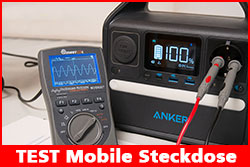To get motion accurately in X,Y,Z directions is more difficult than in a cartesian machine (even after you've applied the kinematic transforms) because tiny length differences in the fixed-length struts cause 'dishing' in the motion and divergence from linearity. To correct for this we do 3D volumetric error mapping, i.e. we use the machine to probe the locations of a large array of accurately mapped balls (previously measured on a CMM). Depending on the accuracy you are looking for, you may not have to do this. Our machine is tiny (roughly spherical working envelope about 90mm diameter) and without error mapping can be out by 0.3mm or more. With error mapping it is accurate to sub 10 microns.







 Zitieren
Zitieren

Lesezeichen